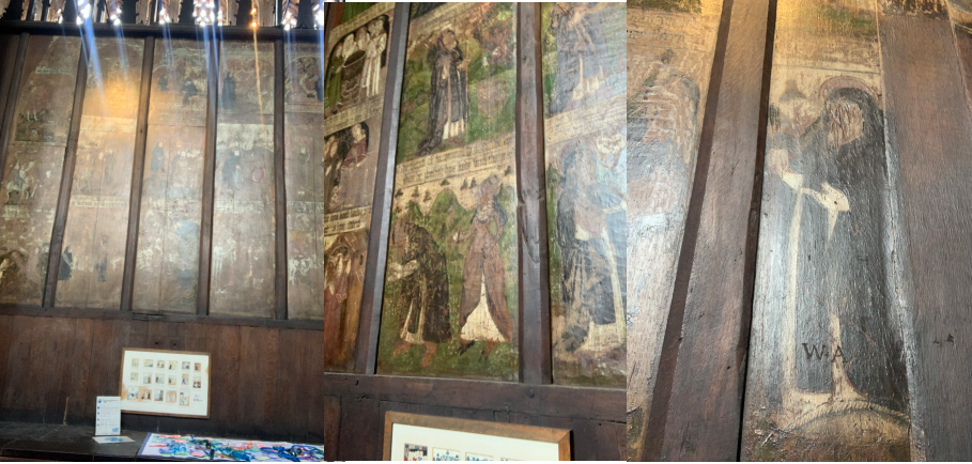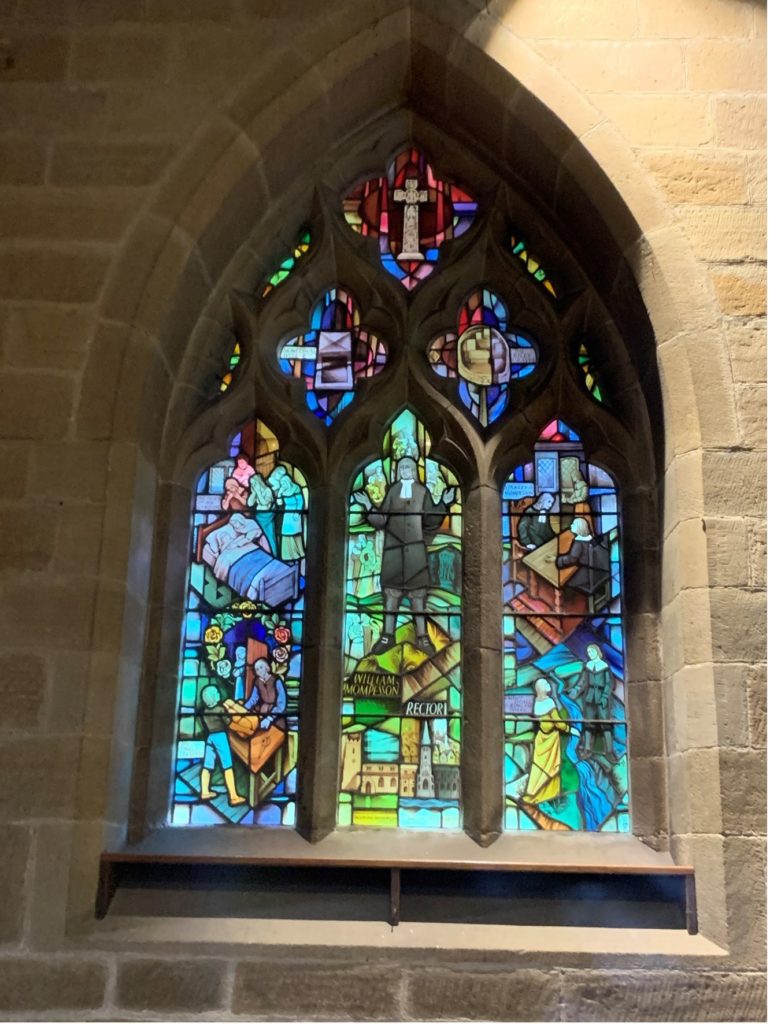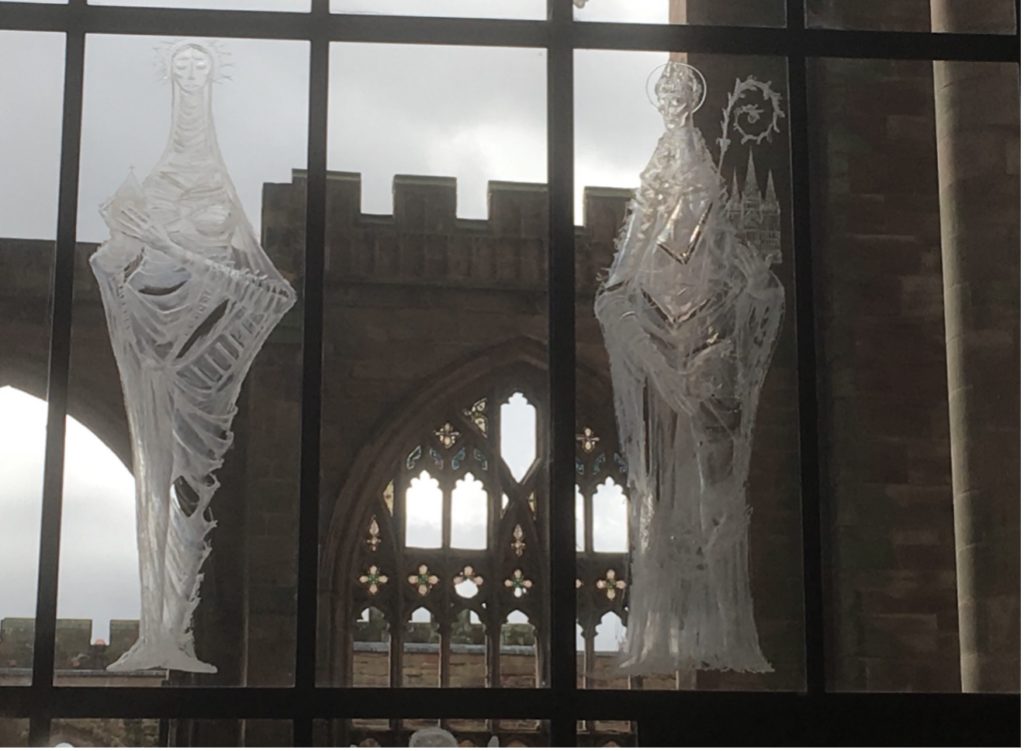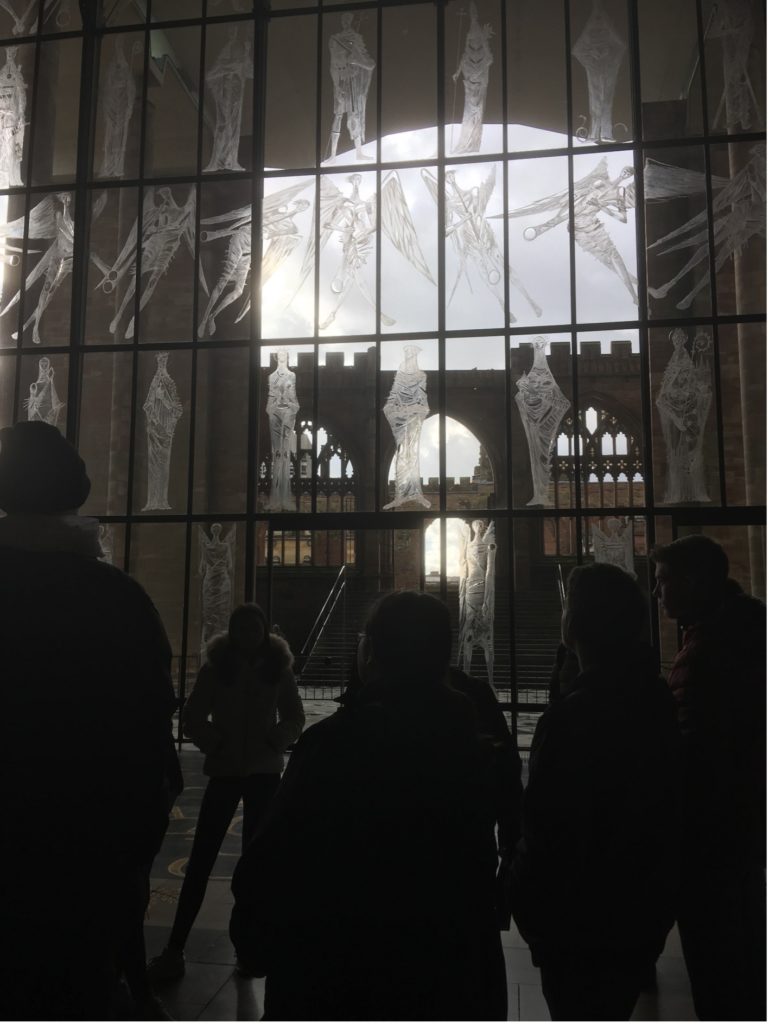Creative Perpetuation
This final blog of the series is a patchwork affair. I want to conclude with a tapestry of the creative ways people have engaged with theological ideas over the centuries.
Recitation features in several religious traditions; where the melody, emphasis and pronunciation of the words combines with meaning to communicate rich, nuanced ideas. This is true of the Qur’an. When Binyamin and Yusuf are reunited in Surah Yusuf (Surah 12), Yusuf says “I am your brother”. The ‘am’ is lengthened to convey the emotion of this reconciliation. In surahs where the mercy and compassion of Allah are extolled, the two words flow into each other to emphasise that Allah is ALL merciful and ALL compassionate. The final surah of the Qur’an contains sibilance, with the articulation of the ‘s’ sound conveying the concept of ‘secrets’ as the Quranic scriptures draw to a close.
Likewise, Sanskrit is designed to be articulated in melody, so that Vedic texts such as the Bhagavad Gita are sung more than spoken. The traditions and teachings of Sanatan Dharma were passed down orally, with the memorisation of verses greatly aided by the melodic pronunciation and recitation.
As well as the recitation and song of oral traditions, dancing has played its part in transmission of beliefs, through sacred stories. More prevalent in the Indic-traditions, I am nevertheless reminded of King David dancing before the Ark of the Covenant in the Old Testament, the circling of a Jewish bride and the widdershins processions in the liturgy of the Eastern Orthodox Church. In the Hindu tradition, carefully learned dances convey the epics of Vedic literature and the ecstatic whirling of the Sufi tradition is practiced as a form of active meditation.
Theatre can provide a forum for encounter with religious truths. In the morality plays of the medieval and early Tudor periods concepts such as virtues, vices, temptation and human nature were personified. Most commonly the plot followed a trajectory of temptation, fall and redemption. The audience reflected on the importance of confession, repentance and salvation, seen through the Christian sacraments, applying the struggles of the protagonist to their own lives.
In the ruins of the old cathedral of St Michael in Coventry outdoor theatre is still performed today. I have seen Shakespeare plays performed by the fabulous theatre group, the Three Inch Fools, in that setting. I often envisage the ‘stage’, a platform of flat stone, being used centuries earlier, with Coventry’s humble folk gathering for a performance of Everyman, where entertainment, morality and a good dose of theology would mingle under the stars.
In this six- part blog series, I have explored ‘ways of knowing in the past’. There is so much more to discover. Through literature, art, oral religion, recitation, song, dance and theatre, we can see that people of the past articulated and explored the theology of their belief systems and worldviews. Better than a textbook? I am inclined to think so. I hope you have discovered something useful (and beautiful) for the RE classroom through the time you have devoted to reading my blog series.




